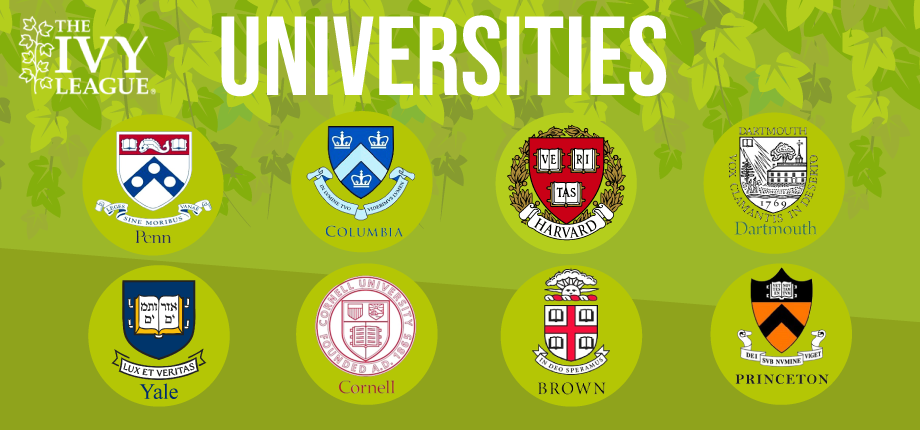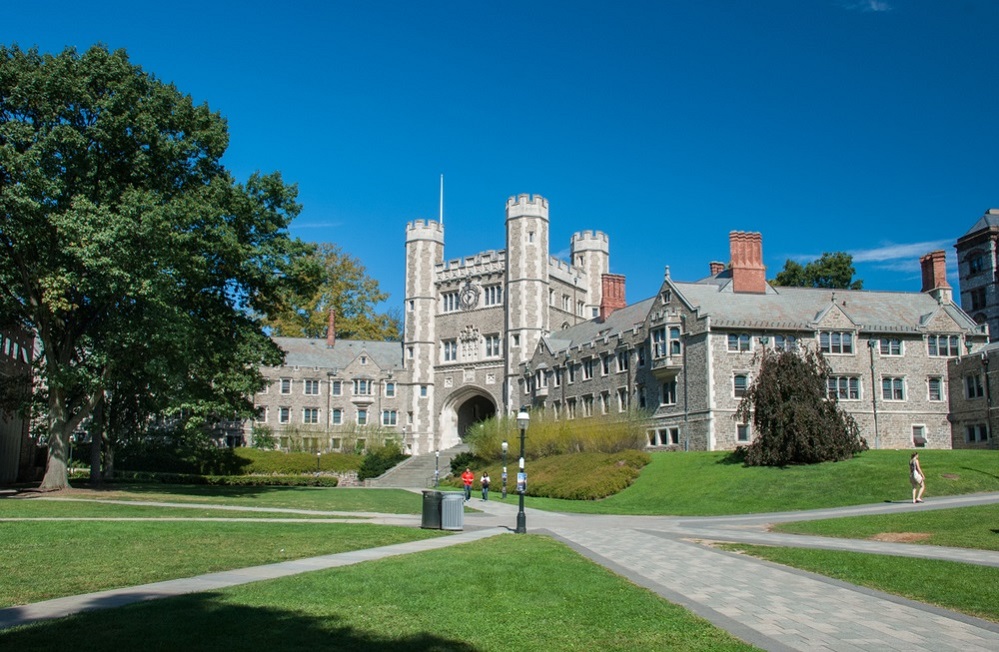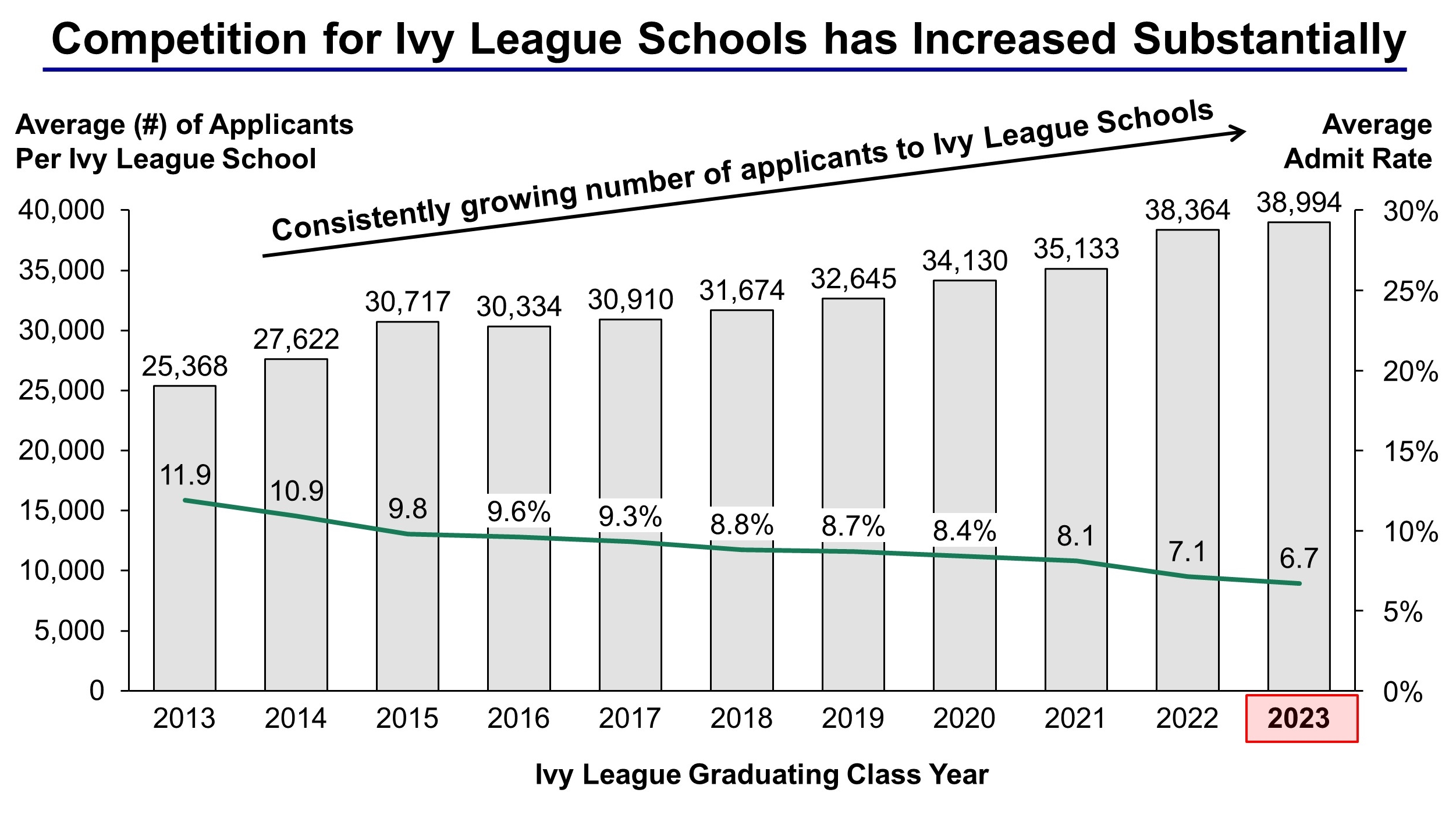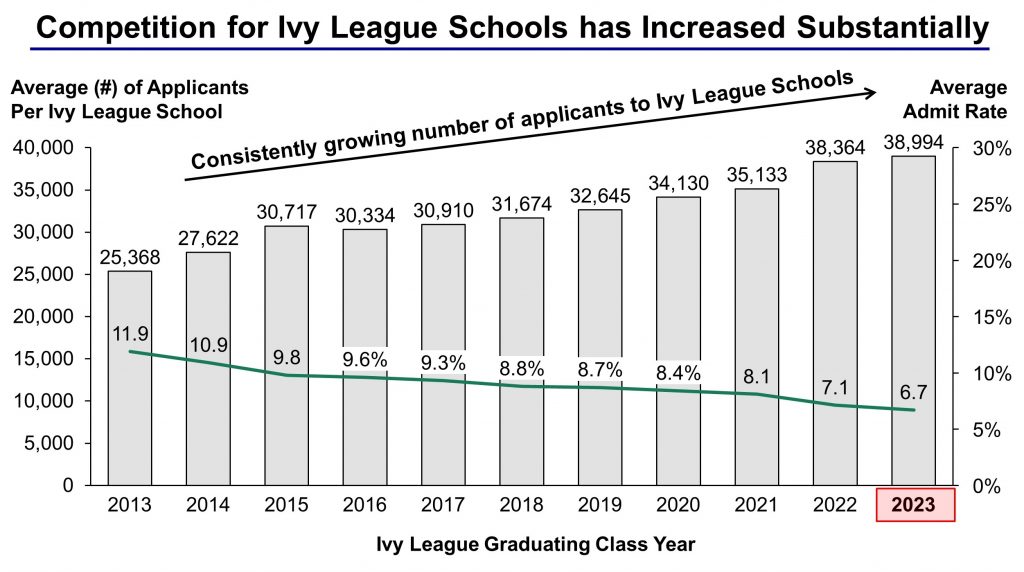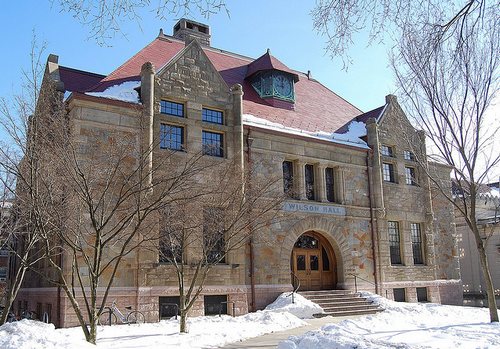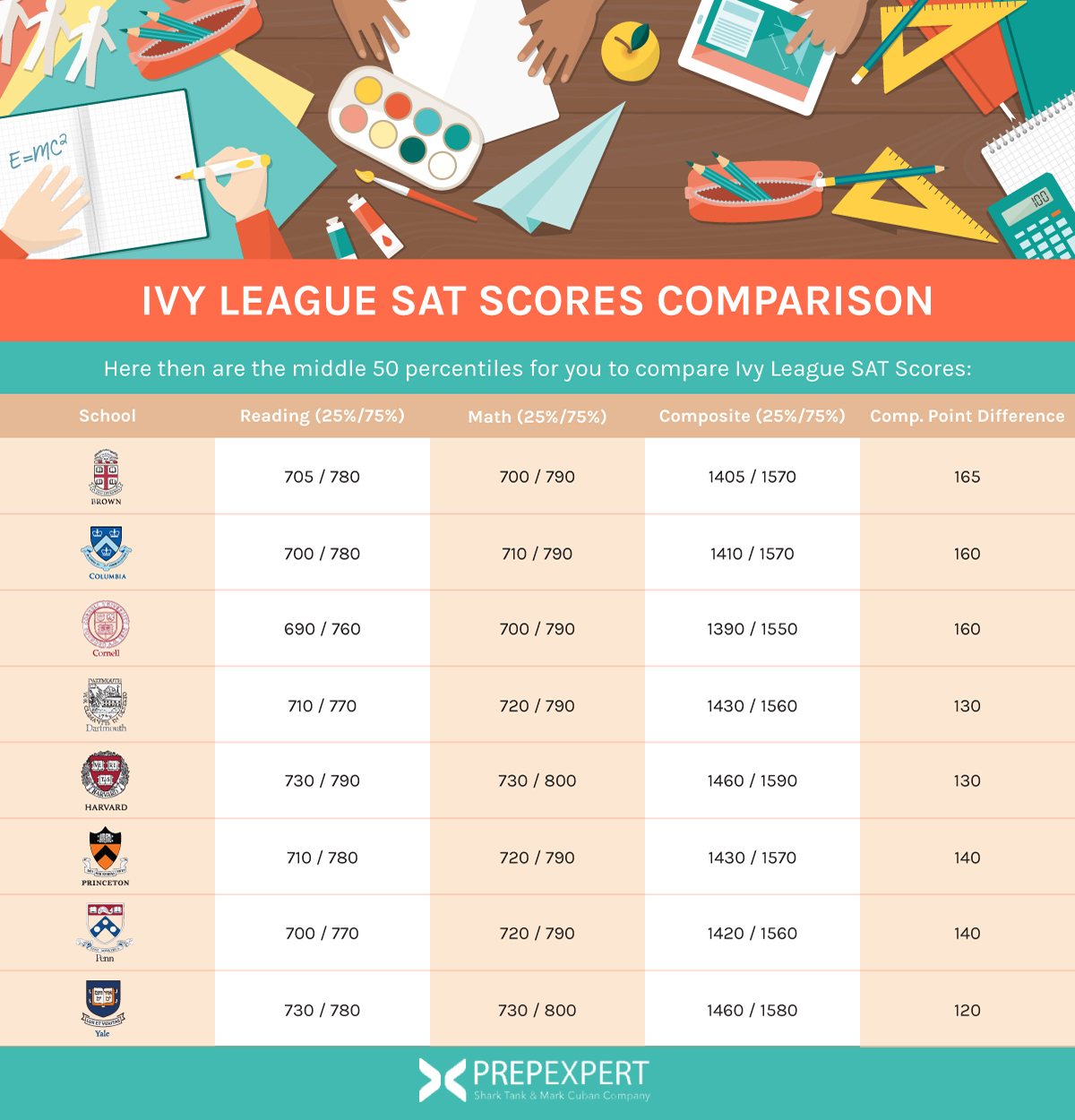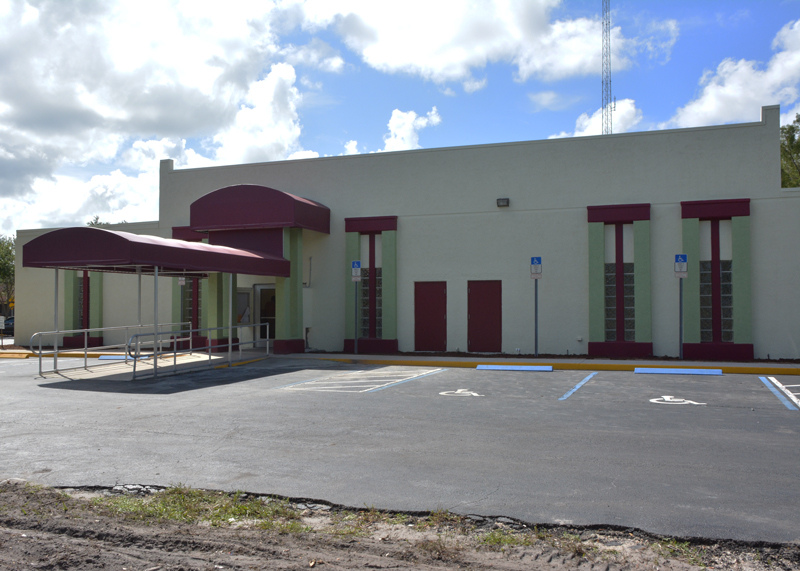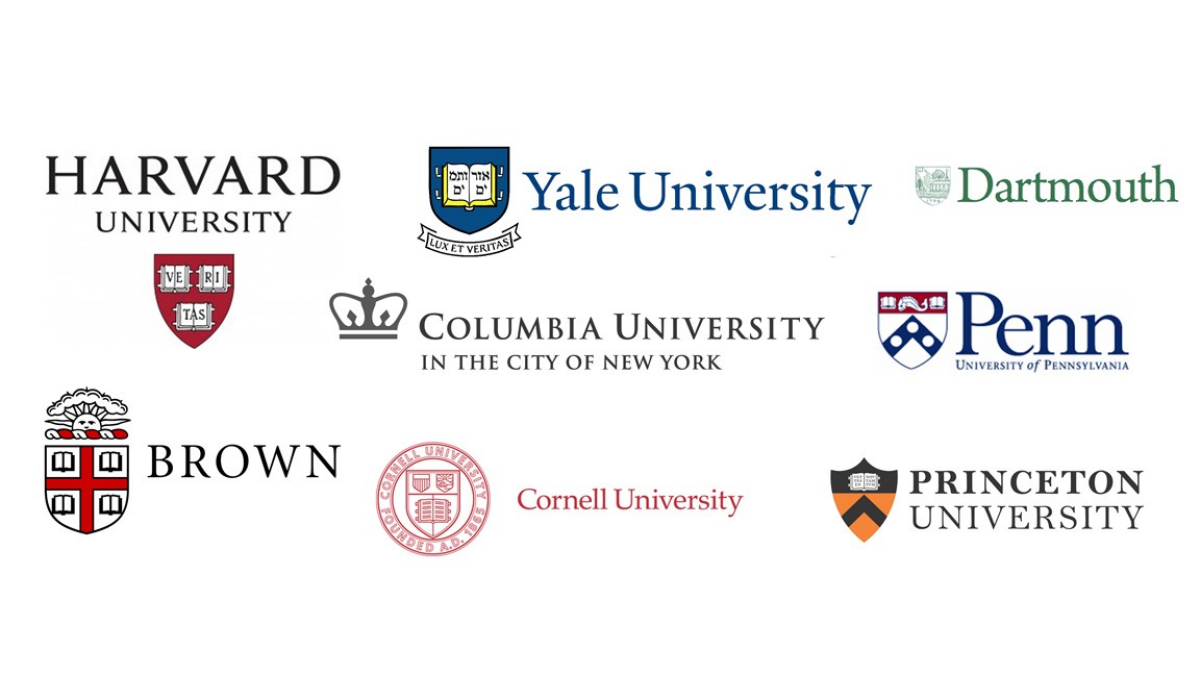The truth is being a big fish in a small pond comes with many advantages. Being an "A" student with high standardized test scores in a public high school can help your child stand apart. In addition to all of the extra attention you'll get from teachers as one of the building's superstars, you'll also be able to bring the tangible credential of class rank to the college admissions table. Many of the most selective colleges in the country draw the bulk of their freshman from the top-10% of high school classes.
For example, at Swarthmore 93% of first-year students were top-10 finishers, at MIT this figure is 95%, and at Washington University in St. Louis "only" 84% earned this designation. Now, most elite private schools can get around this by not submitting class rank information, but those students do not escape being ranked against their classmates who are applying to the same elite schools. In contrast, public school students usually deal with far less internal competition at particular colleges during the application process. If Duke is your dream school, and you have the stats that make you a strong applicant, you don't have the added worry of having to edge out the seven prospective Blue Devils within a row of you in Calculus class.
There is a common belief out there that students hailing from private high schools have better odds of getting into Ivy League colleges. There are many folks who believe that if they don't send their children to fancy private schools, they will be at a significant disadvantage when they apply to Harvard, Dartmouth, Princeton, and Brown. Students hailing from private schools do not have better odds of getting into highly selective colleges — like the Ivy League colleges — than students hailing from public schools. Private universities are more selective about whom they admit and often have more stringent admissions standards than public universities, which cater to a larger, wider range of students. With smaller student populations and lower acceptance rates, the average student likely won't be able to get an education at the elite institutions. Out of all the ranked schools, the top private institutions accept the fewest applicants.
The classification "Ivy League" originated in 1937 when sportswriter Caswell Adams referred to a football team's school as an ivy-covered university. At that time, many private colleges had ivy growing on their walls and participated in customary ceremonies where they planted ivy on their campuses. The term became more prominent in 1954 during the creation of the NCAA athletic conference for Division I teams.
The eight private schools formed a league based on their common interests in athletics and academics. Then they signed an agreement on academic standards and football schedules. Today, Ivy League schools have a reputation for academic excellence. An Ivy League school is a prestigious college or university in the United States. This league includes eight schools in the northeastern part of the country. Seven of the Ivy League schools are colonial colleges or post-secondary schools founded prior to the American Revolution.
Founders created the remaining college in this league after the American Civil War. Ivy League schools typically offer students extensive educational resources and high-quality courses. They often have low acceptance rates, meaning the admissions process may be competitive.
Legacy, donor, and athletic preferences should be stripped out of college admissions too, but when it comes to tipping the scales away from fairness and equity, private schools outweigh everything else. The "who you know" intangibles of the elite private school experience undoubtedly exist but are tough to quantify. Ivy League schools are private colleges and universities that offer students high-quality academic programs. Understanding Ivy League and similarly ranked schools can help you determine which is the right choice for you when seeking an undergraduate or graduate degree. Choosing the right type of learning environment for your needs can also help you develop a professional network while in school, supporting your future career advancement. In this article, we explain what an Ivy League school is, discuss their history, outline the benefits of attending one and provide answers to frequently asked questions about Ivy League schools.
The Ivy League is an athletic conference comprising eight private institutions of higher education in the Northeastern United States. The conference name is also commonly used to refer to those eight schools as a group. The eight institutions are Brown University, Columbia University, Cornell University, Dartmouth College, Harvard University, Princeton University, the University of Pennsylvania, and Yale University. The term Ivy League also has connotations of academic excellence, selectivity in admissions, and social elitism. In addition, Ivy League schools are often viewed by the public as some of the most prestigious universities worldwide and are often ranked amongst the best universities in the United States and worldwide. All of the Ivy League's institutions place within the top 15 of the U.S.
News & World Report college and university rankings; with five placing in the top six. Clearly, there are some undeniable admissions-related advantages to attending a private school. Moreover, most private high schools employ a counselor who is solely dedicated to matters of college admissions, something very few public high schools are able to offer. Many independent school counselors started in college admissions, often at highly selective colleges; one of the newest members of this rank was a dean of admissions at an Ivy League university just last fall.
These high schools are paying not just for experts who know the rules of the game; they are paying for experts who know the referees. Most independent schools do provide some financial aid, but it often goes to a small share of students. At Marlborough, an independent school in Los Angeles where the cost of attendance is about $45,000, only 20 percent of families receive financial aid, and almost half of those who do still make more than $200,000 per year.
About 6 percent of all the school's students come from families making less than $100,000, even though almost two-thirds of American households make less than that. Private schools typically have higher tuition prices, frequently resembling the price of tuition and fees for out-of-state students at public universities. But private schools often offer generous financial aid packages to help students afford their education. Although you might assume that private colleges are academically stronger than public colleges, take a look at the reputation of all departments and programs within said institutions and how they compare to one another. Many public schools offer excellent programs or majors with reputations that may be stronger than that of the college overall.
Each Ivy League college has its own unique accomplishments that make it important. All carry a certain reputation with them, and each school has programs that excel primarily in the medical and law fields, making them some of the most sought-after schools in the world. Their admissions process is very selective, which helps the schools ensure that they only accept the best and brightest. Many famous people have graduated from Ivy League schools, including recent presidents George W. Bush, Bill Clinton, and Barack Obama.
This prestige leads many to believe that these colleges are only for the wealthy and elite. Often, companies look for Ivy League graduates as potential employees, usually preferred by law firms, medical facilities, and large corporations. It has long been coveted to have earned a degree from an Ivy League school. Today, there are other competitors that some claim to be just as good as their Ivy counterparts. Some of these well-known schools include Duke University, Johns Hopkins, MIT, Vanderbilt, and Georgetown University, to name a few. The Ivy League schools are still excellent in both academia and in sports, and they have left a legacy of higher education with an exceptional track record and reputation to go along with them.
Now, maybe you think this methodology is bad, and they should have looked at other stuff, like graduation rates, indebtedness, time to graduation, and so on. News has its own ranking that takes some of these things into account, and their top performers are a bunch of public colleges and HBCUs that tend to educate a bunch of Hispanic and Black kids. CollegeNET has yet another ranking, and it's dominated by Cal State and CUNY. Ivy League schools have a reputation for being elite institutions, with high selectivity during the admissions process. Harvard University is currently the most selective university in the country. Out of 57,435 applications received for the Class of 2025, Harvard admitted only 3.4 percent of applicants.
While the admissions process is extremely selective, it is not impossible for first-generation students to earn a spot in these world-class schools. For example, 16 percent of Yale's Class of 2025 are the first member of their family to attend university. However, the Ivy Leagues have recently come under fire for their admissions processes, which critics say favors legacy students to the detriment of minority students. Fourth, admissions offices should redact the name of the school during the admissions process and stop assigning applications by region, as most highly selective colleges do.
Are The Ivy League Schools Context is essential for admissions officers to consider applicants' merits rather than their accomplishments. A file could still contain relevant information about a high school, such as the number of students on free lunch programs, or its student-to-counselor ratio. Going school-blind would not erase context, but it would hide the brand names. Graduating from private high school is a far larger advantage at many top ranked colleges than playing sports or being a legacy or even having a connection to a donor are.
If we really wanted to get rid of the most glaring case of bias at prestigious private universities, we would target private high school students. Clearly attending a school of Harvard-Westlake's ilk can put you in good standing come admissions time. The counselors at these schools are on a first-name basis with admissions offices at the finest universities in the country and that can undoubtedly work to your advantage. On the other hand, being an "A" student with high standardized test scores amidst a sea of comparable, or even superior students, can be a harrowing experience. One could argue that there is value in learning to walk with giants—after all, law school, med school, or a high-powered job in a Fortune 500 company will involve just that.
There may be validity to this line of thinking, but one must also recognize that not every kid is ready to be thrust into cutthroat academic competition at the tender age of 14 or 15. Further, despite the success of the class at large, if your kid was the 7th most talented University of Pennsylvania-hopeful at Harvard-Westlake, they may have been handed a rejection letter. At a less competitive public or private high school, it's quite possible their Quaker quest would have ended differently, assuming they possessed the same test scores and placed near the top of their class. Liberal arts colleges, both private and public, are located all over the United States. If you prefer to live in a certain part of the country or want to stay close to home, the location of Ivy League schools might be a consideration. Because all Ivy League schools are private universities, tuition costs are higher for students compared to their in-state public tuition alternatives.
However, Ivy League schools also have the reputation for being generous with financial aid due to their large endowments. Which private schools send the greatest percentage of their students there? Here's our list of the Top 14, with an average acceptance rate for those elite universities of about 33%. If you're living in the same state as a Public Ivy—or can establish residency near your school of choice before college—it's probably themost affordable wayto get an outstanding education. Nonetheless, you'll want to apply to a variety of colleges, including some public schools that are lower on your list and private schools that may be a financial or academic reach. In the wake of a national college admissions scandal—in which parents paid hundreds of thousands of dollars for their children's college acceptance—university students are likely re-evaluating the worthiness of their institution.
Some of the schools involved in the controversy are now being sued by students and graduates who say the scandal has devalued their degree or coursework. In almost every case, the schools involved are already well-known as some of the best private colleges in their respective states. Located on Manhattan's Upper West Side, Trinity is notably at the top of the list. The institution was founded more than 300 years ago as a school for the poor and was originally supported by charity. Its classes are considered the best in the nation, with its core curriculum focused on "inquiry-based" learning.
Catering to grades K-12, Trinity now has an average enrollment of 960. The senior class is compromised of 113 students, 28% of which receive financial aid. Of the 214 students who took Advanced Placement classes in 2013, 93% received grades of 3 or higher. Approximately 41% of its graduates attended prestigious Ivy League colleges.
That said, sticker price and what students actually pay are two very different things. If you come from a family that earns $50,000 a year, for example, Harvard University will be free for you. Yes, Harvard will actually cost you less money than your local community college. This is because the country's most expensive and elite universities are also the ones that have the largest endowments and the best financial aid resources. Harvard pays all costs for students from families with modest income. So if you qualify for financial aid, you should definitely not favor public universities over private ones based solely on price.
You may very well find that with financial aid the private institution is competitive with if not cheaper than the public institution. If you are from a high income family and won't qualify for financial aid, the equation will be quite different. They're often smaller than traditional Ivy League schools and located in the northeastern region of the U.S. These schools are a type of Ivy League school since they have selective admission standards and offer students a high-quality academic experience. Despite their size, small Ivy League schools may receive large financial endowments. Public Ivy League schools are public universities that offer students a comparable academic experience to an Ivy League school.
These public schools may offer notable faculty members, accept skilled students and uphold a standard of academic rigor. Since these schools are public universities, they may be more affordable than traditional Ivy League schools. They're typically larger than Ivy League schools, which means the undergraduate student body may also be larger. Ivy League schools are some of the most selective colleges in the United States, and they also rank among the country's top private universities. Attend this workshop to learn about what these colleges and universities look for in a transfer applicant.
Relatedly, many public universities offer special programs or honors colleges, just as several Public Ivies do. Not only do these programs allow your child to obtain a more intimate college experience, they also tend to offer greater academic challenges due to their more selective admissions processes. The Ivy League is an American collegiate athletic conference comprising eight private research universities in the Northeastern United States. The term Ivy League is typically used beyond the sports context to refer to the eight schools as a group of elite colleges with connotations of academic excellence, selectivity in admissions, and social elitism. Its members are Brown University, Columbia University, Cornell University, Dartmouth College, Harvard University, the University of Pennsylvania, Princeton University, and Yale University. The total undergraduate enrollment at the eight Ivy League schools for the Class of 2024, according to Statista, is 16,648.
Multiplying that by four and then multiplying by 1.5 to add in Stanford, Duke, MIT and Caltech gives us a rough estimate of about 100,000 undergraduates at top private schools in the U.S. That might sound like a lot, but it's compared to 22 million total undergraduates in the country. In other words, top private schools are educating less than half a percent of Americans. The entire Harvard undergrad student body could fit into the University of Michigan football stadium more than 15 times over.
Do a number of students from the likes of Deerfield, Exeter, and Harvard-Westlake gain admission to Ivy League colleges year in and year out? But a number of students from public high schools across America also gain admission to Ivy League colleges year in and year out. They are fully aware that many — and in fact most — of their admitted students will hail from public schools.
Do you think if every student came from Exeter, they'd have a diverse class? Well, Exeter has certainly increased the diversity of its student body over the years but absolutely not! If every student hailed from Exeter, that university would have a student body that is quite the opposite of diverse. Opportunities abound for the motivated and talented students who attend public schools.
AP courses are typically plentiful and public schools often offer more opportunities for international baccalaureate and dual-enrollment courses. Yet, this would also be a classic case of falling victim to selection bias. Today, nearly 100 years later, 63 percent of Harvard University students hail from public high schools. This number is lower at a few other highly selective colleges and higher at others . Let's start with some assumptions here…Your local suburban public high school has a solid reputation.
It offers Advanced Placement courses including AP Computer Science and a host of science, social studies, and foreign language options. The average SAT score at your local school in somewhere between 1000 and 1100. The top 10% of students in each graduating class head to a mix of state schools, often on heavy merit scholarships, as well as to at least a handful of highly-selective institutions. The valedictorian last year was accepted to Stanford and the salutatorian earned acceptance out-of-state at UVA.






